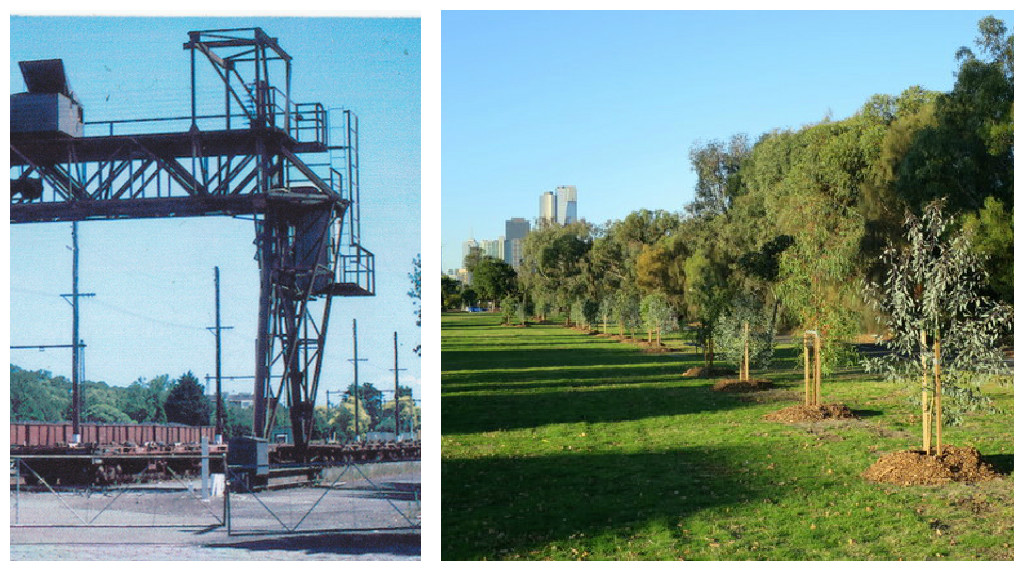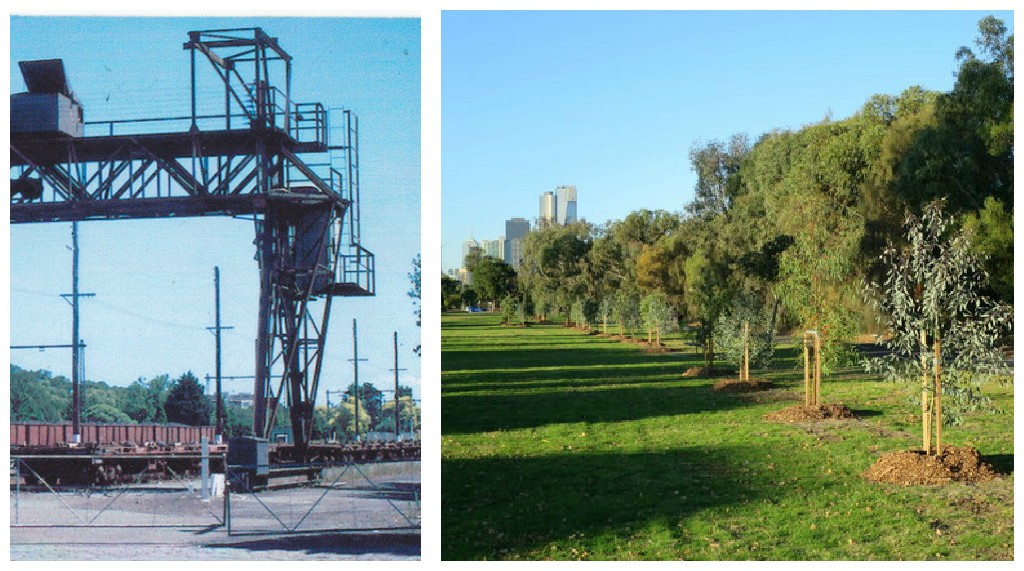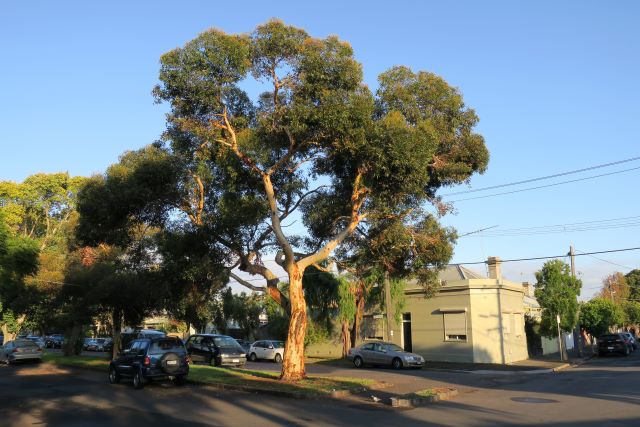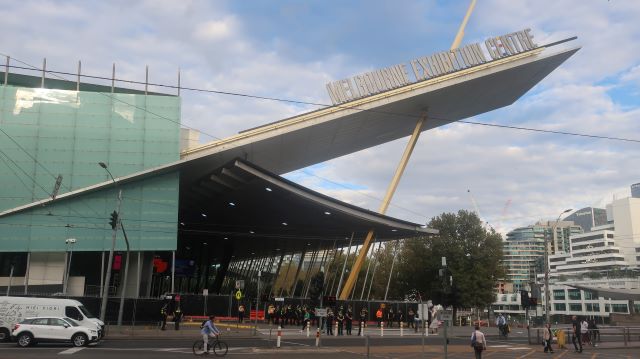
Port and Liveability
Port Melbourne ranked 56 out of 321 suburbs on the liveability scale – up from 132 in the previous 5 year period, according to Liveable Melbourne, a research project commissioned by The Age undertaken by Tract and Deloitte Access Economics.
The authors wrestled the trying liveability word to the ground and gave it this definition
‘the general quality of a place which makes it agreeable for people to reside in’.
Commentators were quick to find fault with the methodology, the indicators used and the ranking system itself, but the authors intended the report to ‘stimulate spirited debate’ around liveability.
A mild storm of rebuttal was provoked by two elements that detracted from Port Melbourne’s score: the flat topography and the lack of trees. Of course our flat terrain and proximity to the City and Bay make Port perfect for walking and cycling, and Port Melbourne enjoys a wonderful network of parks and reserves.
Anticipating that people passionate about their suburbs might not share their assessments, the study’s authors provide a stylish and easy to use online survey where you can mix and match the indicators yourself. Try it.
This is an elegant but ultimately cruel exercise because it points to one conclusion: liveable = unaffordable.
Professor Carolyn Whitzman from the University of Melbourne has proposed some simple but more equity-focused indicators that would map access within a km (20 minutes walk) to:
1. a public primary school
2. reliable (every 10 minutes, at least 16 hours a day, 7 days/week) public transport stop
3. a library and/or community centre
4. a bulk billing community health centre
5. a substantial social housing project: with 1/5 women facing intimate partner violence, 1/5 people coping with mental illness and 15% of people with a disability, a lot of people are going to need subsidized housing at some point in their lives.
6. an aged care facility
7. a local shopping centre with a public plaza where people can sit and watch the world go by without paying for the privilege
8. a small park with a playground for youngsters and some other activities for every age (a sports field and/or community garden and/or exercise equipment…)
9. a linear park to walk yourself, your child, or your dog on
Port Melbourne has only become ‘liveable’ according to these tests over the last 20 years. The Kennett government’s fateful decision to close local primary schools in the ’90s was made on the cusp of Port’s transition from population decline to rapid increase.
In 1996, Port’s population was 7,904 – probably just coming out of a long slow decline. In 2011 it was 14,508 – and by now it will certainly have doubled.
Has this change come at the expense of liveability, or has it created it?
Urban Melbourne’s Mark Baljak made this assessment in 2013
‘… I can say emphatically that the diversity of design and a near uniform building height suburb-wide as a result of maintaining relatively stringent height controls makes it a great place to meander on a sun drenched day; and the sight lines to the CBD’s skyline aren’t half bad either.
Port Melbourne like a number of other Melbourne suburbs does have immense liveability, amenity and heritage aspects to boot. Whereas some are blatantly against urban development I’d contend that Port Melbourne is the benchmark for urban apartment design. Certain areas of Melbourne do lend themselves to highrise towers yet I see Port Melbourne the the clear cut leader in terms of urban development versus design quality versus public and resident amenity. That they’ve managed to achieve this with predominantly mid-rise apartment buildings is commendable.’
Do you agree with his assessment?
Over 20 years, Port Melbourne’s parks and reserves have all been significantly upgraded, a huge number of street trees planted to address Port Melbourne’s historical lack, the foreshore improved and community infrastructure upgraded or created.
All of this has contributed to the huge increase in property values. It seems only proper to me that Council should continue to contribute to the creation of affordable housing to enable Port Melbourne to not only be liveable in amenity terms but be a little more just too.
Sources
Mark Baljak (13 08 2013) Port Melbourne Style, Urban Melbourne





Leave a Reply